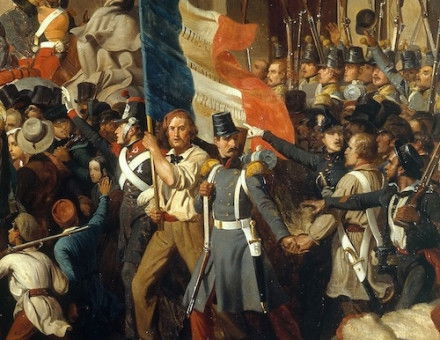Is God Dead? Irreligion and the Masses, 1870-1914
A mission to the heathen? Hugh MacLeod looks at working-class attitudes towards organised Christianity in fin de siecle Berlin and other urban centres.
Berlin in 1890 was the world's fourth largest city. As capital of Prussia, it had a long history as an administrative and military city and a centre of intellectual life; by the mid-nineteenth century it was also Germany's greatest industrial city; and as capital of the German empire after 1871, it soon established its pre-eminence in most areas of national B life. Berlin was a city that could only be described in superlatives: it had in Unter den Linden, Europe's most impressive street of official buildings, and in the Kurfurstendamm, its most ostentatious millionaires' row; out among the pine woods and lakes of the Grunewald was growing one of the world's most attractive upper middle-class suburbs; in the north-western suburbs were some of the world's biggest factories, such as Siemens, Borsig and AEG; in the notorious Mietskasernen (rental barracks) of Wedding and Luisenstadt, with their tiny one-room and two-room flats and their succession of ever-darker inner courts, the city offered low-quality housing for the masses on a scale and of a grimness that exceeded the worst of Glasgow or New York.





